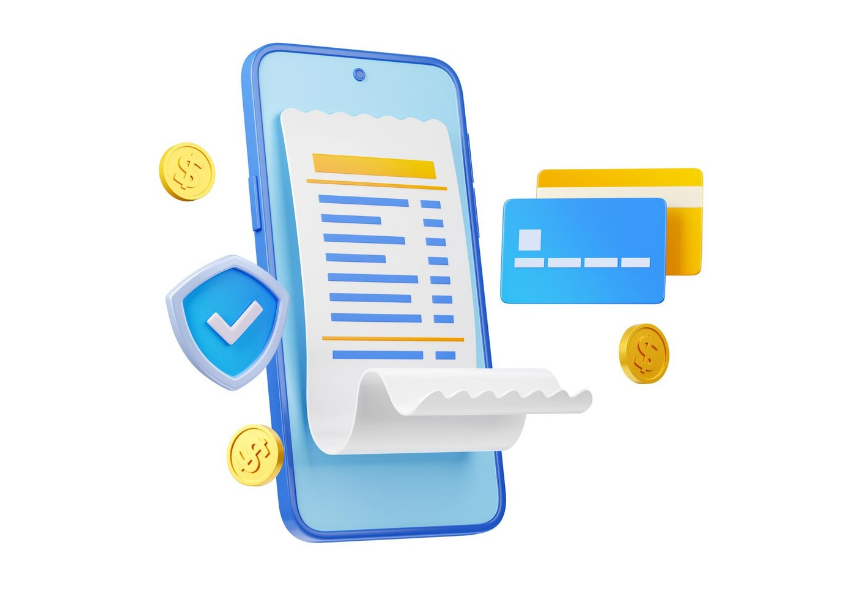Most failed apps don’t fail because of bad code—they fail because of bad decisions before a single line is written. The build vs. buy question is one of the most important calls a business can make. Go custom too soon, and you burn cash. Rely on off-the-shelf too long, and you miss your edge.
App developers in Dallas—and elsewhere—know this isn’t just an IT decision; it shapes your speed, control, and future roadmap. In the sections ahead, we’ll break down when to build, when to buy, and how leading companies turn this decision into a competitive advantage.
When Buying Makes Sense?
Sometimes, buying a pre-built app is the best choice. Here’s why:
1. Speed to Market:
Buying an off-the-shelf solution helps you launch quickly. 72% of companies use pre-built software for their MVPs (McKinsey), saving time and getting their product to users faster.
2. Cost Efficiency:
Building an app from scratch can be expensive, ranging from $50,000 to $250,000 for small to medium projects (Clutch). A pre-built solution is often far more affordable, with annual costs starting at a few thousand dollars.
3. Standard Needs:
For common tasks like CRM, payroll, or project management, pre-built solutions like Salesforce or Trello offer reliable, proven tools that many businesses rely on.
Watch Out For:
- You might need to adjust your processes to fit the tool.
- Long-term reliance on a third-party solution can limit flexibility.
- Subscriptions and integration fees can add up over time.
When Building Is Worth It
Sometimes, building a custom app is necessary for long-term success. Here’s when it makes sense:
1. Unique Customer Experience:
A custom app lets you create a personalized experience that aligns with your brand. For example, custom learning management systems (LMS) offer more flexibility than generic ones.
2. Complex or Niche Workflows:
For specialized tasks, like healthcare or logistics, custom apps give you the flexibility to solve industry-specific problems that off-the-shelf solutions can’t.
3. Control Over Data and Security:
If your app handles sensitive data, a custom build lets you set your own security standards, which is crucial for industries with strict regulations (like healthcare and finance).
4. Long-Term ROI:
Although building is costly upfront, a custom app offers better long-term value. It’s easier to update and scale as your business grows, avoiding the limitations of pre-built tools.
Watch Out For:
- Custom apps require a larger investment upfront.
- Building an app can take months.
- Poor management can make your app harder to maintain.
Choosing between buying or building depends on your needs. Buying is fast and cost-effective, while building gives you more control and customization. Consider your business goals before deciding.
The Hybrid Path: Build on What You Buy
For many businesses, the best option isn’t just building or buying—it’s doing both. You start with a ready-made platform and then build features on top that match your specific needs.
1. Start with a Core Platform
Many businesses use tools like Shopify, Salesforce, or Microsoft Dynamics. These platforms handle the basics—like e-commerce, CRM, or ERP. Then, companies add their own features or user interfaces to stand out.
2. Use Low-Code or No-Code Tools
If your team isn’t full of developers, low-code tools like Bubble or OutSystems let you add custom features without writing much code. This saves time and money.
3. Why the Hybrid Approach Works
- You launch quicker using tools that already work.
- You can still add or change features as your needs grow.
- You spend less upfront and avoid high custom build costs.
Watch Out For
- Make sure your custom features work well with the platform.
- Updates to the core platform may affect what you build on top.
The hybrid path helps you move fast, keep control where it matters, and scale smartly.
Strategic Decision-Making Framework: Building Your App Strategy
The decision to build or buy shouldn’t be made in a vacuum. It’s essential to evaluate both your immediate needs and long-term goals using a clear, structured framework. Here’s how to approach it:
1. Identify Core Business Objectives:
Ask yourself: What strategic advantage will this app provide? Does it directly impact your revenue model, customer experience, or operational efficiency? If the app is central to how your business differentiates itself in the market, a custom solution—especially in areas like iOS app development services—might be worth the investment. If not, buying could be the smarter move.
2. Assess Resource Availability:
Do you have the technical expertise, time, and budget to develop a custom solution? Custom builds require substantial resources—both in terms of financial investment and ongoing support. In contrast, buying off-the-shelf solutions can offer immediate relief with less strain on your internal team.
3. Evaluate Speed and Scalability:
How fast do you need to launch? If time is critical, off-the-shelf solutions allow for rapid deployment. However, if your needs are unique and you anticipate significant growth, a custom build may provide better long-term scalability, adapting as your business grows.
4. Risk vs. Reward:
Consider the risks associated with each choice. With buying, you face vendor lock-in or lack of control. With building, you face the potential for scope creep, delayed timelines, and budget overruns. Weigh these against the benefits: custom solutions offer greater control, but at a higher cost, while buying offers speed and ease with fewer risks—but less flexibility.
5. Long-Term Sustainability:
How will this decision affect your business five or ten years down the road? Think about the total cost of ownership. A custom solution might have a high upfront cost but can be more cost-effective in the long run, reducing dependency on third-party providers.
Read Also: Google Memory Game: Boost Your Brainpower in Just Minutes a Day
Measuring Success: Metrics that Matter
Once you’ve made the decision to build or buy, the next step is to measure success. Whether it’s a custom app or an off-the-shelf solution, tracking performance is crucial to ensure it delivers on its promises. Here’s how to effectively measure your app’s success:
1. User Adoption and Engagement:
For any app, user adoption is a key indicator of success. Are users engaging with the app regularly? Are they returning after the first use? Tools like Google Analytics or Mixpanel can help track engagement, providing insights into user behavior and pinpointing areas for improvement. High adoption rates usually signal that the app is solving a real problem.
2. Cost vs. Benefit Analysis:
Evaluating the return on investment (ROI) is essential. For custom-built solutions, measure how much time, money, and resources were spent versus the benefits realized. Did the app increase efficiency or reduce overhead costs? For off-the-shelf solutions, assess whether the subscription costs are justified by the value it provides in terms of functionality and scalability.
3. Scalability and Flexibility:
Is the app able to grow with your business? Whether you’ve built or bought, success depends on your app’s ability to scale. Track how well the solution adapts as your user base or business requirements expand. Look for performance bottlenecks or limitations in functionality that may require upgrades.
4. Customer Satisfaction:
User feedback is invaluable. Monitor customer satisfaction through surveys, ratings, and direct feedback. Positive reviews and high satisfaction scores can indicate that the app is meeting user needs effectively. If feedback is negative, it might be a sign that either the app’s features or user experience need refinement.
5. Long-Term Maintenance and Support Costs:
For custom solutions, track ongoing maintenance and development costs. Custom apps require continuous updates, bug fixes, and potential feature expansions. Compare these costs to the initial development investment and determine whether the benefits justify the ongoing expense.
By keeping these metrics in mind, you can make adjustments to the app, whether it’s a quick fix or a long-term strategic overhaul, to ensure it stays aligned with your business goals.
The Role of User Experience in App Success
An app’s success depends heavily on how easy and enjoyable it is to use. Even if the backend is strong, poor user experience (UX) can lead users to drop off quickly.
1. First Impressions Count
About 75% of users judge an app’s trustworthiness by its design (Forbes). If your app looks clean and is easy to use, people are more likely to keep using it. If it’s confusing, they’ll leave.
2. Keep It Simple and Fast
48% of users will come back to an app if it loads quickly and is simple to use (Google). Clear navigation and fast performance go a long way.
3. Be Consistent
Whether users are on a phone, tablet, or desktop, the experience should feel the same. Consistency builds trust.
4. Let Users Personalize
Apps that offer dashboards or content based on user preferences see 40% more engagement (Forrester). This kind of flexibility helps people feel more connected to the product.
5. Keep Improving
63% of users return to apps that improve based on feedback (TechCrunch). Regular updates that fix problems or add useful features show users you care about their experience.
Great UX isn’t extra—it’s essential. Whether you’re building or buying, make it a core priority.
Wrapping It Up!
Deciding whether to build or buy an app depends on your needs, budget, and goals. There’s no one-size-fits-all answer—but you can make the right choice by focusing on what matters most for your business.
Don’t follow trends—focus on what helps your users and fits your plan. Whether you build, buy, or combine both, the right decision should make your app useful, scalable, and easy to grow with.
You May Also Like: Dva Is Trans Lmfao and Gaming Culture











